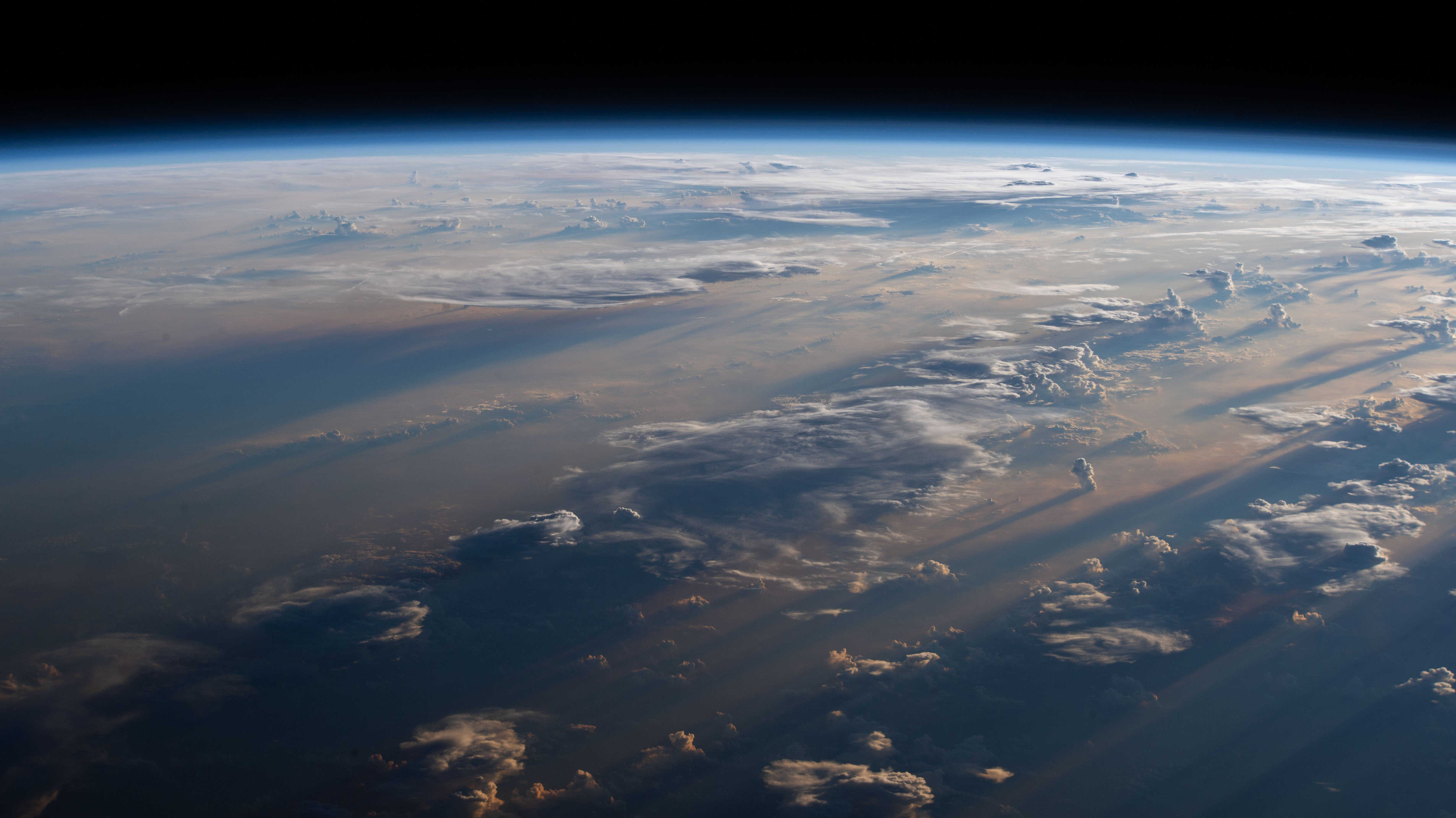Morrison skirts emissions question as Earth edges closer to 1.5 degrees
While many countries used the American-led Earth Day summit to increase their targets for reducing greenhouse gas emissions – including US President Joe Biden, who pledged to cut greenhouse gas emissions in half by 2030 – Australian Prime Minister Scott Morrison avoided making any new targets for Australia.
Instead he focused on the question of how, rather than when.
"For Australia, it is not a question of if or even by when for net zero, but importantly how," the PM told world leaders at last night's summit.
That leaves Australia where it was before the summit in terms of its 2030 target – aiming for a reduction of between 26 and 28 per cent on 2005 emissions levels.
Mr Morrison went on to say that Australia is "investing in priority new technology solutions, through our Technology Investment Roadmap initiative".

Image: Rising concentrations of greenhouse gases in the Earth's atmosphere have been causing the global average temperare to increase in recent decades.
Meanwhile as the emissions target gap grows between Australia and many other countries, the planet continues to get warmer.
Rising global temperatures are already causing alterations to human and natural systems across our planet. These changes are expected to become harder to manage in the years ahead if our atmosphere continues to warm. This raises another key question:
By how much should we limit future warming and when will we get there?
- The goal of the Paris Agreement is to limit global warming to well below 2ºC, preferably to 1.5ºC, compared to preindustrial levels.
- As of March 2021, we were already sitting at about 1.19ºC above preindustrial levels.
- According to the European Union's Copernicus Climate Change Service (C3S), experts predict that we will reach 1.5ºC sometime between 2030 and 2050.
To help illustrate this, the C3S has developed an application that lets you see how the road to 1.5ºC has been getting shorter in the last few decades.
The application uses a simple forecast model that takes the rate of warming over the last 30 years and extends it into the future. Using this 'business as usual' rate of warming, the model shows us when we are likely to hit 1.5ºC of warming.
One cool feature of this application is that it lets you slide back over the last two decades and see how the road to 1.5ºC has been getting shorter.
For example, based on the rate of warming during the 30 years ending in March 2021, we would arrive at 1.5ºC in 2034.
But if we stuck to the warming trend that occurred during the 30 years ending in December 2015, we wouldn't reach 1.5ºC until 2045.

.png)
Images: Copernicus Climate Chance Service's global temperature trend application, which helps visualise the theoretical time until we reach 1.5ºC of global warming. The two graphs show when we would hit this threshold based on the warming trend observed over a 30-year period ending in March 2021 (top) and December 2015 (bottom). Source: ECMWF / Copernicus
It's worth pointing out that this is an oversimplified model of how global warming will play out in the future. But it does help illustrate how the rate of warming we commit to now will influence global temperatures, and the associated impacts, in the years ahead.
This is something we should all keep in mind, especially those with the power to limit global warming.